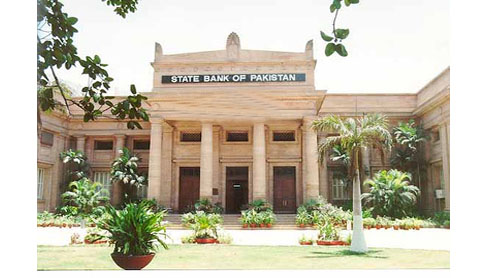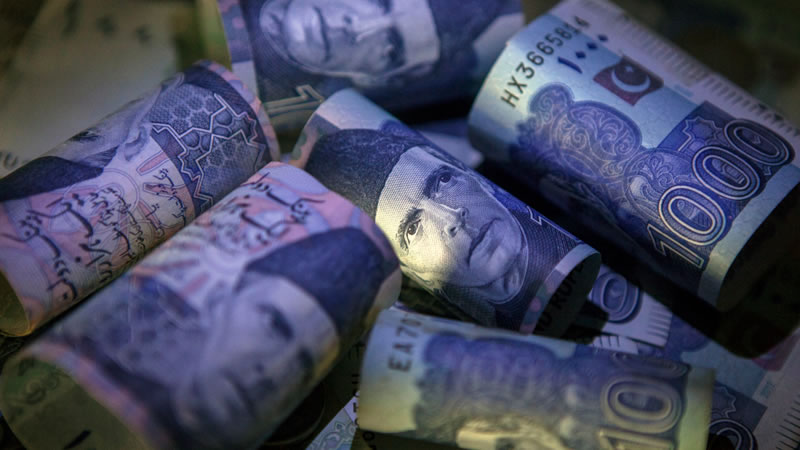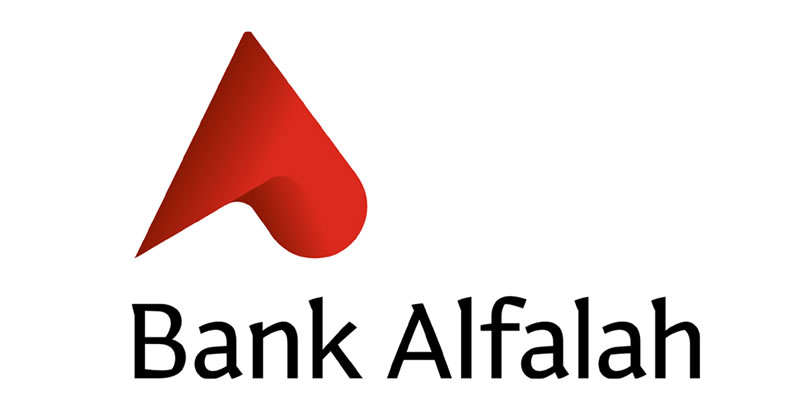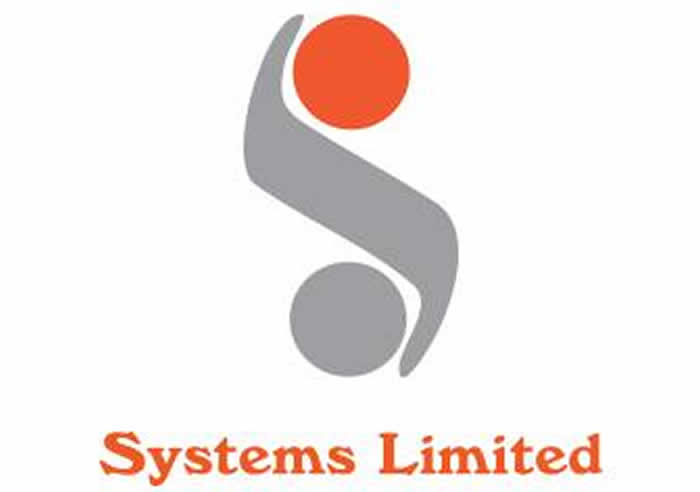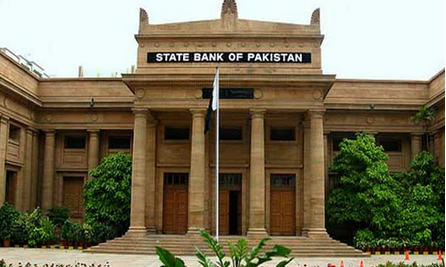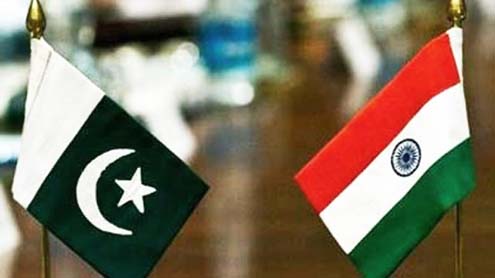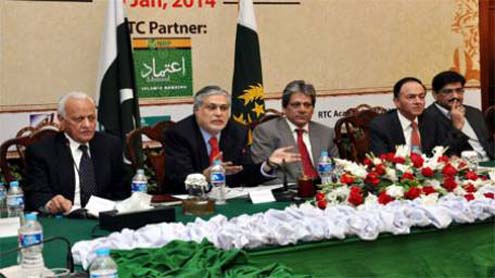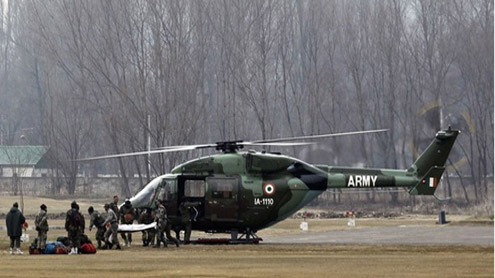
KARACHI: The Deputy Governor, State Bank of Pakistan (SBP), Kazi Abdul Muktadir has expressed the hope that the microfinance banks (MFBs) will take advantage of a favorable market environment by investing in innovative technologies and products in order to grow their businesses and expand access to financial services in Pakistan.
Speaking as chief guest at the commercial launch of Branchless Banking by Waseela Microfinance Bank at a local hotel in Islamabad today, he stressed upon SBP’s broader goal to provide inclusive financial services to poor and low income groups.”I firmly believe that microfinance and branchless banking are complementary to each other, and together they will bring the advantages of inclusiveness, convenience, ubiquity, and efficiency as Pakistan offers best regulatory framework and industry infrastructure for microfinance,” he added.
Abdul Muktadir said that the World Bank’s Consultative Group to Assist the Poor (CGAP), in one of its studies has also recognized Pakistan as one of the fastest growing branchless banking markets in the world, and a laboratory of innovation. ?We hope that with the entry of new players and scaling-up of the existing institutions, the present growth momentum will build up strongly and progressively,? he added.SBP Deputy Governor said that branchless banking is moving at a phenomenal pace in Pakistan and added that it should be ?our endeavor to achieve maximum benefits from these developments.? He said that SBP has been promoting innovations in products and delivery channels through policy and regulatory measures and market interventions.
He said the recent branchless banking data indicates that transactional volume of nearly 32 million valuing Rs. 140 billion during the single quarter of July-September, 2012 has been achieved by only two players.These players have registered more than 1.8 million Mobile-Wallet accounts largely of those people who have previously been un-banked and under-banked, he said, adding that Mobile banking is also facilitating repayment of microfinance loans and we are seeing increasing number of partnerships between Microfinance Institutions (MFIs) and branchless banking providers.
SBP Deputy Governor said that the mobile phone subscribers in Pakistan are around 120 million and Mobilink has the largest share of over 36 million subscribers.The current tele-density is above 72pc which is much higher than the level of financial access that hovers around 12 percent. This factor alone highlights the immense potential for mobile banking in the country.
The role played by the Government, PTA and the Mobile Operators for achieving this high level of penetration, especially under our existing socio-economic conditions, is highly commendable,? he added. Mr. Abdul Muktadir pointed out that there is an emerging consensus amongst policy makers around the world that mobile financial services is a safe and sound way to rapidly improve access to financial services for poor people.He said that G-20 leaders in their last summit held at Toronto in 2011 adopted 9 Principles for Innovative Financial Inclusion that include promoting technological and institutional innovation as a means to expand formal financial system access and its usage.
These principles aim to help the creation of an enabling policy and regulatory environment for innovative financial inclusion. Such enabling environment will assist and determine the speed at which the financial services will be made available to more than two billion people who are currently excluded, where access to financial services can make the difference between surviving and thriving,? he added.He said that Pakistan has one of the lowest financial penetration levels in the world with 56% of the adult population totally excluded, and another 32% informally served.
We are a country with a population of 180 million living in geographically diverse areas. Mobile phone subscription has seen explosive growth in Pakistan. In contrast, banking accounts are owned by approximately 30 million customers largely belonging to high income segments of the society. With a network of a little over 10,500 bank branches, the coverage of branches is one of the lowest in the region, he added. – Brecorder


